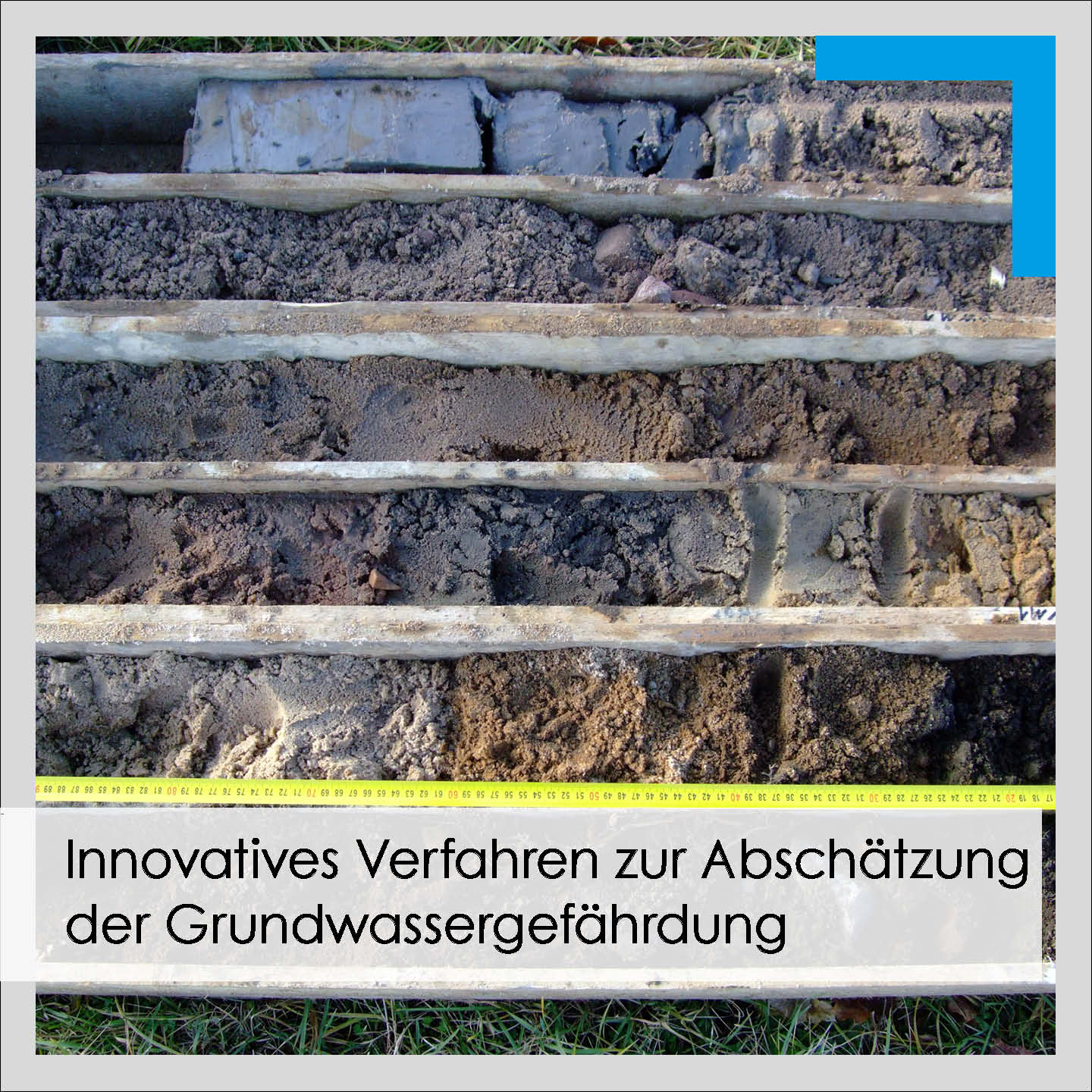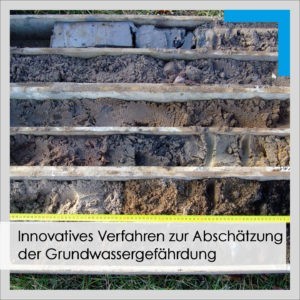MuP Umwelttechnik GmbH, Heidelberg, has now successfully completed investigations to test for a possible risk to groundwater from heavy metals in the soil of an approximately 1.5 hectare former firing range in the Hessian city of Hanau.
Here, for the first time at a German site, an investigation method modified for this case was applied, which was developed for the Swiss Federal Office for the Environment (BAFU) in order to be able to estimate the maximum concentrations of lead and antimony in the groundwater downstream as well as the pollutant retention capacity of a soil through which groundwater flows with relatively little effort at shooting ranges. This was necessary to clarify whether the heavy metal-contaminated soil fill on the site, some of which is in direct contact with the groundwater, poses a risk to groundwater.
In addition, a series of investigations were carried out with the aim of also predicting the expected temporal development of groundwater contamination with regard to the fill located above the groundwater table and thus to examine the possible risk to groundwater. For this purpose, among other things, a 3D model of the fill body was created and laboratory tests were carried out to check under various conditions the extent to which heavy metals are leached out of the contaminated soil by infiltrating precipitation water and enter the groundwater. In addition, the influence of wells and metal levels in the vicinity on the groundwater was tested.
As a result of the investigations, it was possible to approximately reconstruct the history of the heavy metal contamination of the soil and to make a clear assessment regarding the risk of an impairment of groundwater wells located downstream.
Learn more about our work and projects and follow us: ![]()
![]()
#mullandpartner #engineeringforabettertomorrow 1TP5Environmental engineering 1TP5Sustainability 1TP5Groundwater


